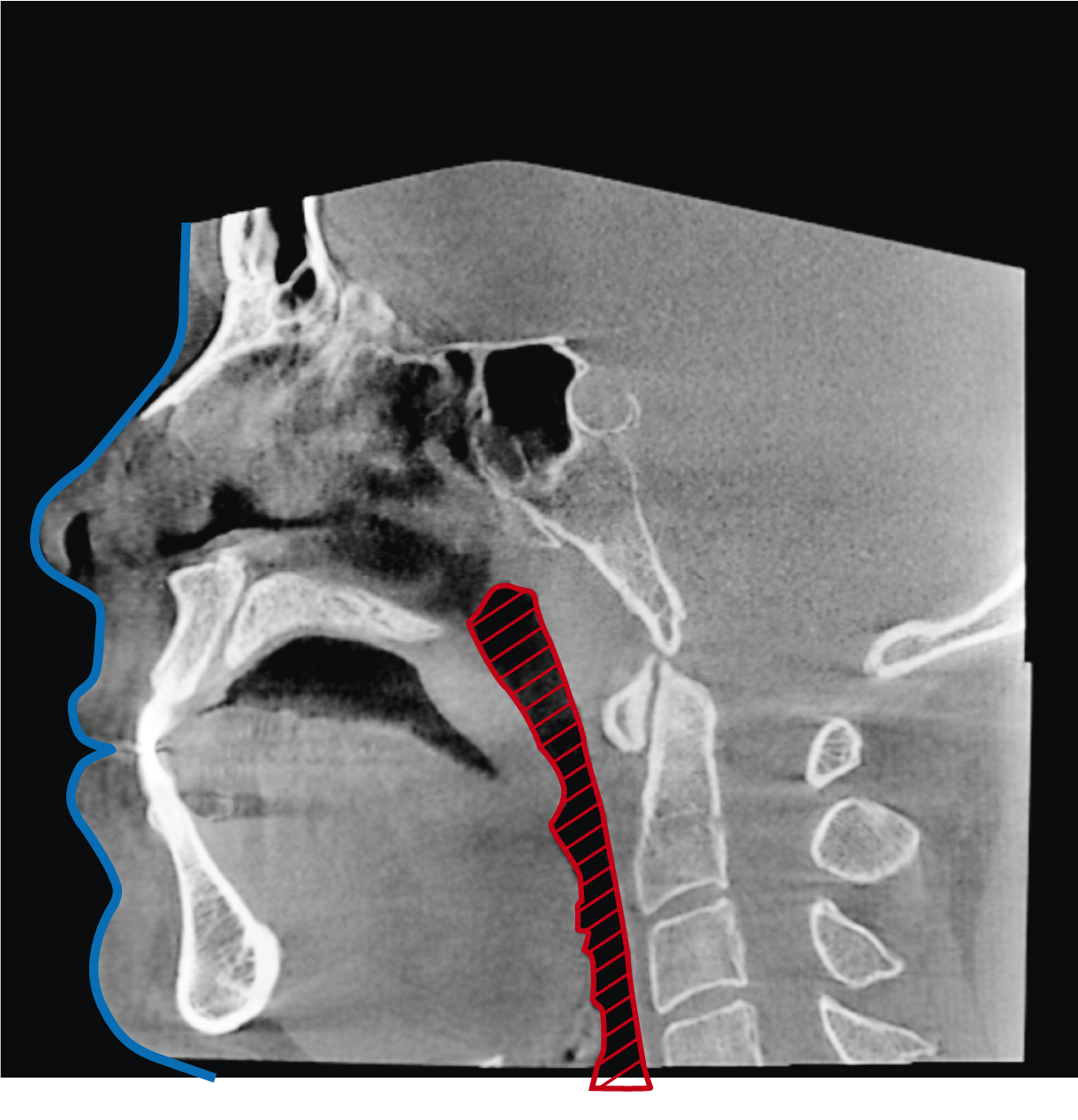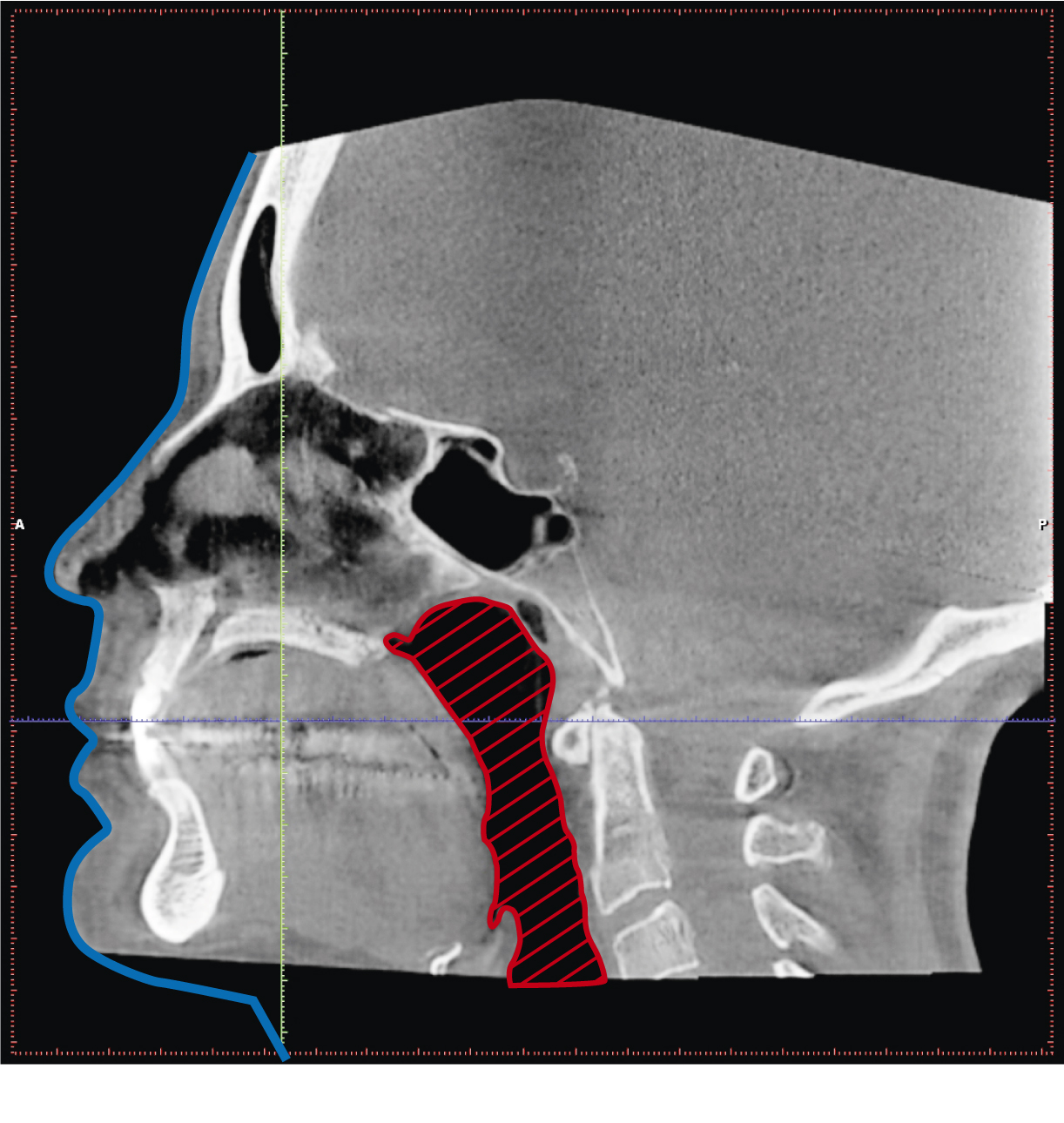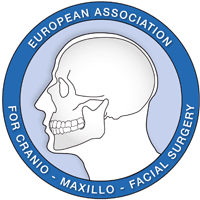Sleep disorder in young people
Upper airway resistance syndrome (UARS)
Just like older people, teenagers and young people can suffer from daytime tiredness, the tendency to fall asleep, lack of concentration, inadequate physical performance and their many consequences. These young people often have problems at school and are not very sporty.
In contrast to OSAS (obstructive sleep apnoea), a sleep laboratory study shows no or few apnoea (breathing stoppages) and no oxygen loss, but many wake-up reactions (arousals) that lead to a massively disturbed night’s sleep.
Visually, a retracted chin and a small lower jaw are often noticeable or the face is long-shaped.
A 3D digital X-ray image (3D DVT) shows that the upper airways are narrow, often long, similar to those seen in OSAS, but the muscle tone is sufficiently high so that the upper airways usually do not collapse.
Upper airway resistance syndrome (UARS) can develop into obstructive sleep apnoea.
Occasionally this syndrome is mistakenly confused with AD(H)D which, for example, can lead to poor concentration and learning and attention deficits similar to UARS, with consequences such as school failure and poor physical and mental performance.
However, specific tests (see below) can clearly diagnose upper airway resistance syndrome.
Cause
The tongue is anatomically attached to the lower jaw. If the lower jaw is too small and has not grown forward enough (retracted lower jaw), then the tongue also lies too far back and narrows the airways because of lack of space. This retraction of the lower jaw is usually visible in profile. Often patients with UARS wore braces in childhood or adolescence and/or had teeth extracted without jaw growth being taken into account or even prevented, resulting in a retraction of the lower jaw, which in turn led to narrow airways.
Symptoms
- Unusually restless sleep
- Limited physical performance
- Nervousness
- Unusually long bed-wetting in childhood
- Severe tiredness during the day
- Lack of concentration
- Attention deficit disorder
- Learning difficulties
Examination
- 3D DVT X-ray images
- Airflow analysis
- Sleep laboratory examination
Treatment
As with OSAS (obstructive sleep apnoea), there is symptomatic and surgical treatment depending on the anatomical conditions and severity of the disease.
Symptomatic treatment
- CPAP mask
- Mandibular advancement splint
Surgical treatment which cures forever
Advancement of the jaws through “Rotation Advancement surgery”.
View of the respiratory tract using X-rays

Long, narrow airways
Upper airway
resistance syndrome (UARS)
Red denotes the airways.

Healthy normal width airways




 )
)